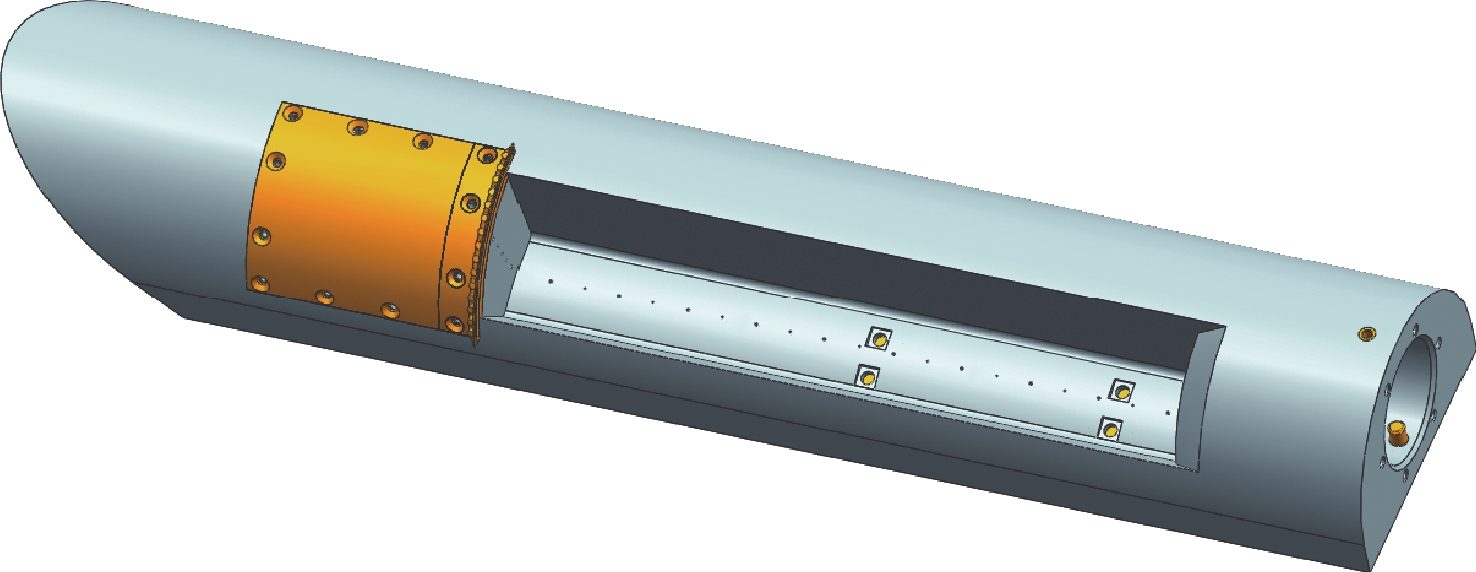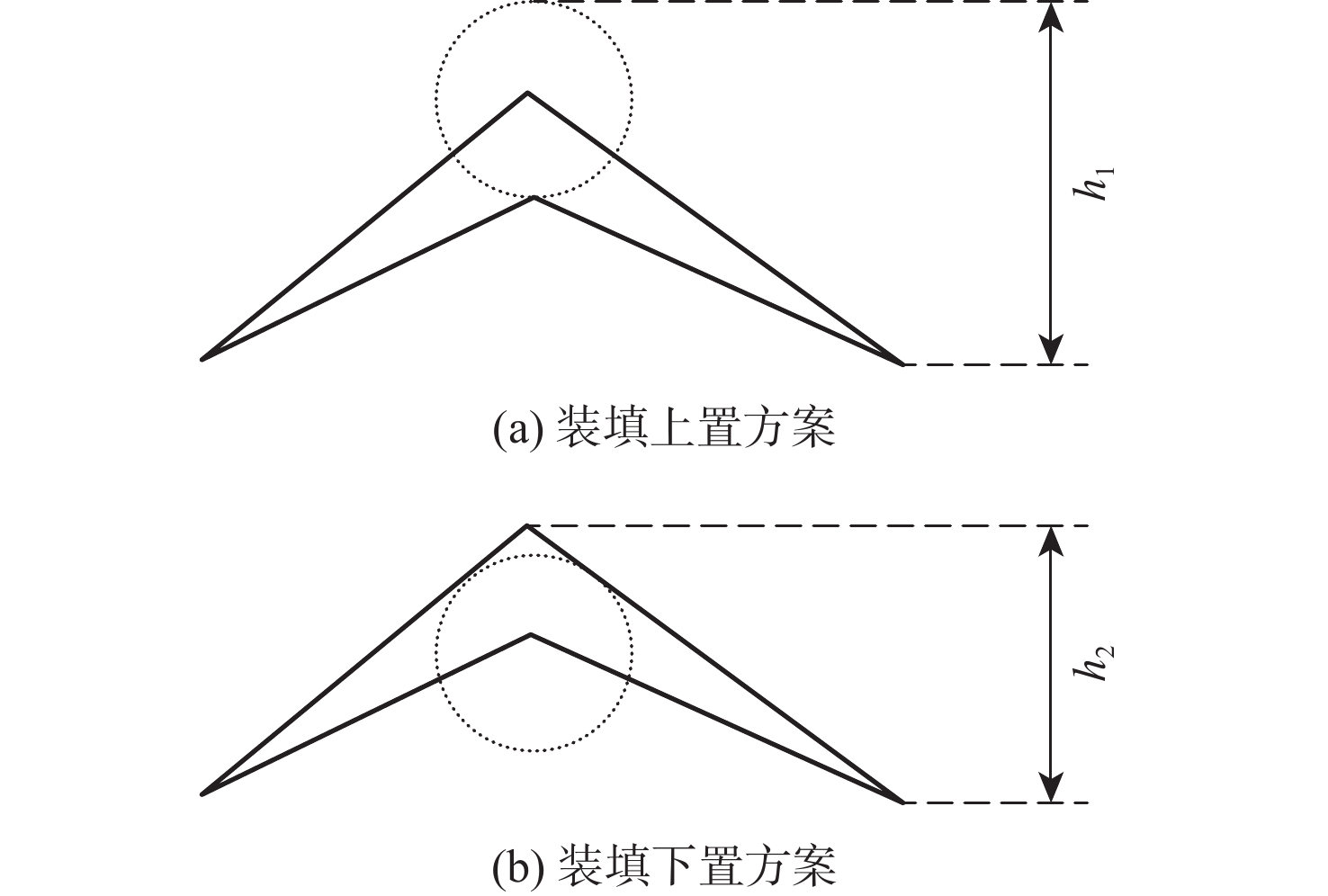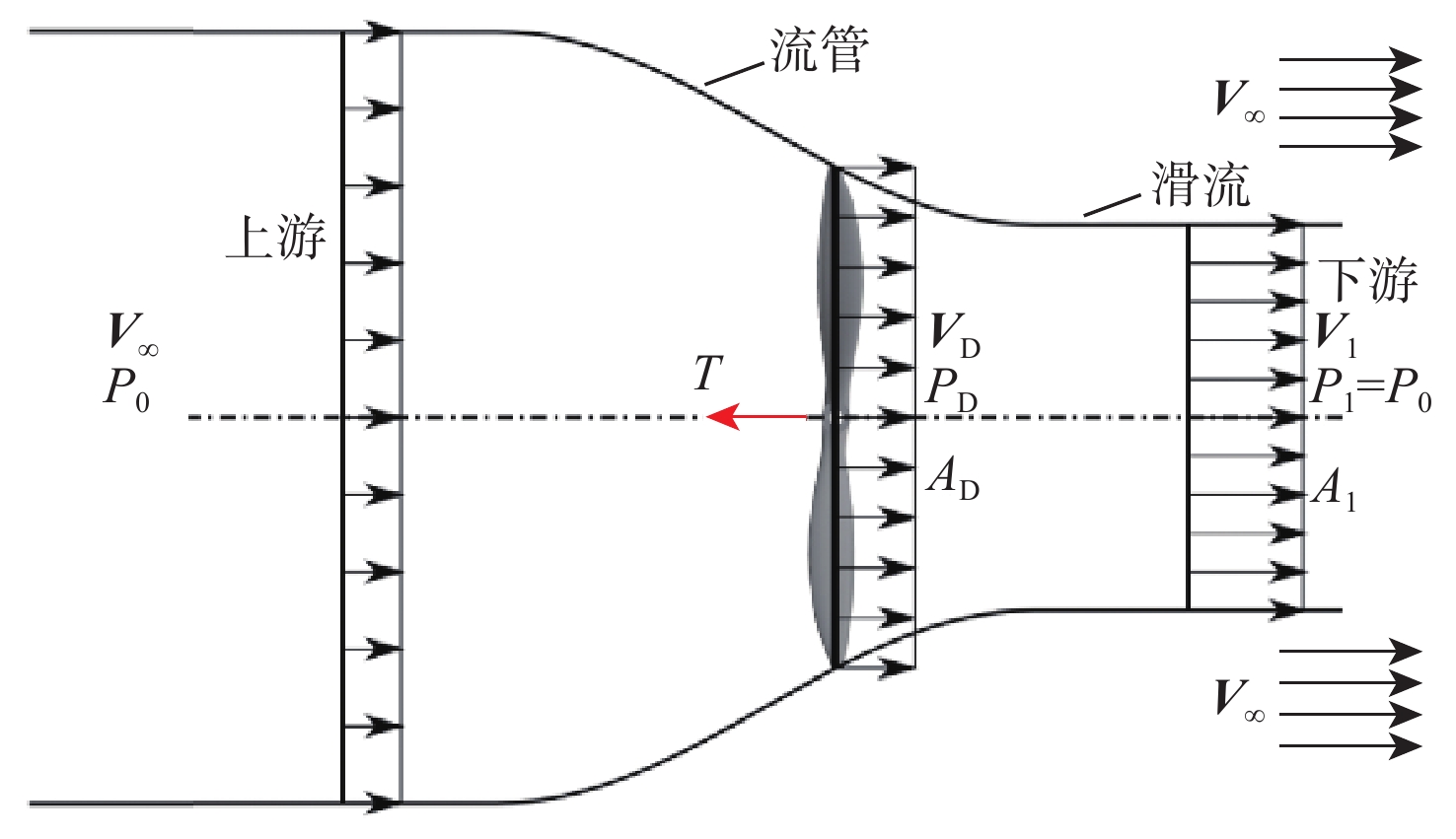Soil moisture retrieval of the satellite-borne GNSS reflected signal (GNSS-R) is more susceptible to the influence of the changing environmental factors on the land. At present, there is little research on error correction and extrapolation performance analysis in the satellite-borne GNSS-R soil moisture retrieval model. The accuracy of the reflectivity of land points is enhanced by correction in this article, which synthesizes a number of error correction models, including the GNSS satellite transmit power deviation, the attenuation of the reflected signal strength by vegetation and surface roughness, and these factors. A semi-empirical retrieval model of CYGNSS/SMAP data fusion of reflectance-soil moisture was established. One-year high-precision extrapolation retrieval is achieved, retrieval bias is −0.0037 cm3/cm3, the root mean square error (RMSE) is 0.0264 cm3/cm3 and the correlation coefficient is 0.963 6. At the same time, a seasonal extrapolation model is proposed to improve the extrapolation accuracy in low water content seasons. The longitude of the experimental area is 90°E−130°E, the latitude is 20°N−38°N, and the CYGNSS/SMAP data from October 2019 to September 2020 are used for training. Push the soil moisture from October 2020 to September 2021. After the reflectivity is corrected by the error model, the semi-empirical model retrieval bias is improved by 6.80%, and and RMSE is improved by 3.30%. Aiming at the problem that the winter and spring soil moisture content low in the experimental area affects the retrieval accuracy, proposes a seasonal training model for extrapolation in the same season,compared with the training model with one-year data volume, the RMSE of winter retrieval can be increased by 21.58%, and the spring can be increased by 21.05%. Comparing the retrieval results from June 1 to 10, 2021 with the soil moisture measured on the ground by CLDAS, the Bias is 0.0058 cm3/cm3 and the RMSE is 0.0854 cm3/cm3, which can maintain good accuracy. This paper’s research results have proved the effectiveness of using the reflectivity-soil moisture semi-empirical model and the reflectivity error correction, which are of significance for the promotion of the commercial application of the on-board GNSS-R soil moisture retrieval.







